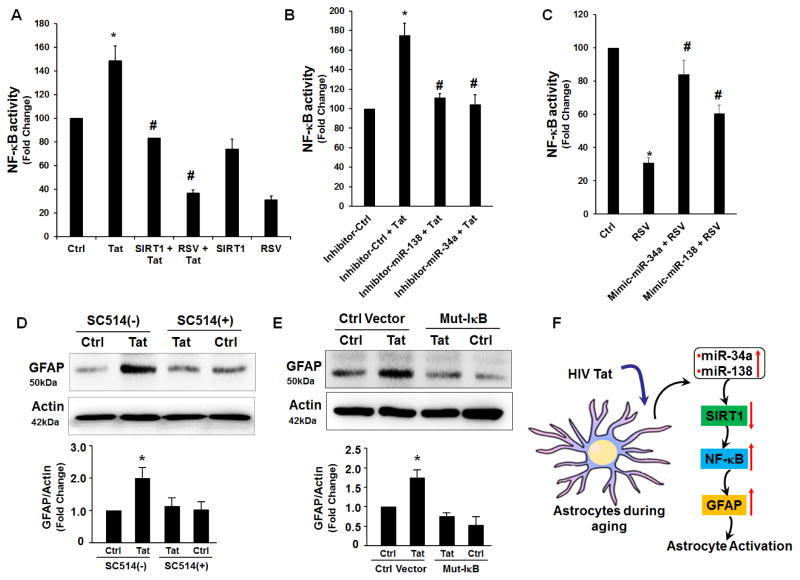Figure 6. Inhibition of SIRT1 restores HIV Tat -induced NF-kB activation.
(A) Activation of SIRT1 inhibits HIV Tat-induced NF-kB activation. Cells were co-transfected with pNF-kB reporter construct and the pSIRT1 plasmid. Luciferase activity reflecting NF-kB activation was monitored. *p < 0.05 ANOVA vs the control cells; #p < 0.05 ANOVA vs Tat treated cells. (B) Suppression of miR-34a or miR-138 inhibited Tat-induced NF-kB activation. Cells were co-transfected with pNF-kB reporter construct and the miR-34a or miR-138 inhibitor for 24 h followed by exposure to Tat for 4 h and assessment of luciferase activity. (C) Cells were co-transfected with pNF-kB reporter construct and the miR-34a or miR-138 mimic in the presence or absence of RSV for 24 h, followed by assessment of luciferase activity. Overexpression of miR-34a or miR-138 in A172 cells restored reseveratrol-mediated downregulation of NF-kB activity. (D, E) A172 cells were pre-treated with Ikk-2 inhibitor-SC514 (5 μM) for 1h (D) or transfected with mutant IkB plasmid for 12h (E) followed by exposure to Tat for 24 h and assessment of GFAP expression by western blot. (F) Schematic demonstrating Tat-mediated activation of astrocytes involving upregualtion of miRs-34a & -138 with subsequent downregulation of their target SIRT1, leadin in turn, to activation of NFkB. MiRs-34a & -138 are positively regulated by HIV Tat and function to repress antiaging factor SIRT1. SIRT1 negatively regulates NFkB activation, ultimately leading to astrogliosis. (↑) Represents upregulation; (↓) represents downregulation. *p < 0.05 ANOVA vs the control cells; #p < 0.05 ANOVA vs RSV treated cells.

